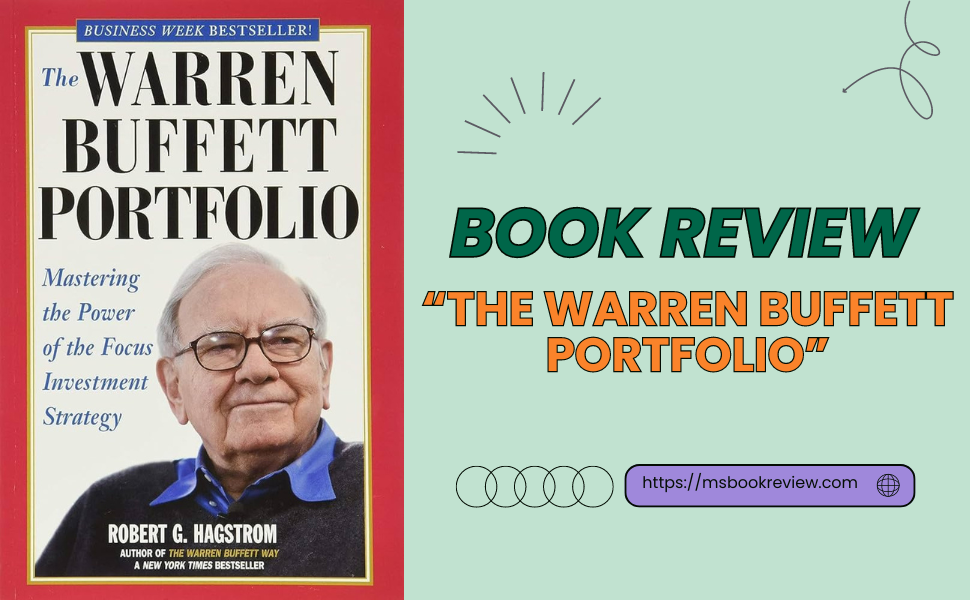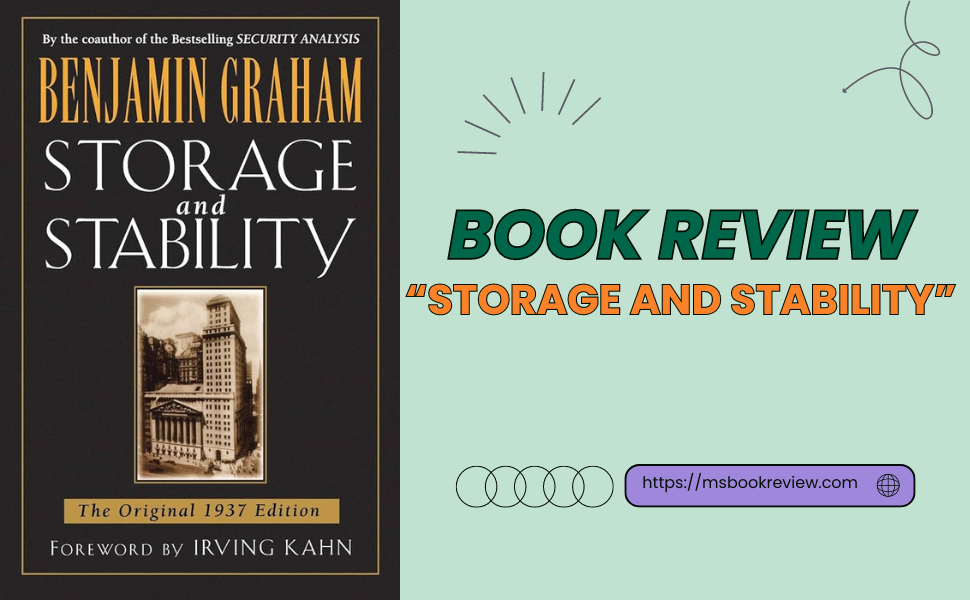Msbookreview.com, have you ever questioned the financial advice you receive, the assets you invest in, or the money you use? In the book Fake by Robert T. Kiyosaki takes readers on a revealing journey into the world of financial illusions.
This book isn’t just a critique of the modern financial system; it’s a wake-up call for anyone who wants to understand the realities behind the money, education, and investments that shape our lives.
In this review, we’ll explore the critical elements of Fake, answering essential questions about the author, the book’s synopsis, its advantages and disadvantages, personal reflections, and the moral message it conveys.
Whether you’re a seasoned investor or someone looking to understand the deeper truths of the financial world, this review will provide valuable insights into why this book is a must-read.
Table of Contents
ToggleAuthor of Fake
Robert T. Kiyosaki, the author of Fake, is a globally recognized financial educator, entrepreneur, and bestselling author.
He is best known for his book Rich Dad, Poor Dad, which has transformed how millions think about money, education, and personal finance.
With decades of experience in entrepreneurship, real estate, and investing, Robert Kiyosaki has dedicated his life to teaching individuals how to achieve financial independence through financial literacy and intelligent investing.
In Fake, Robert Kiyosaki pulls back the curtain on the financial system, exposing the myths and falsehoods that keep people from achieving true wealth.
Synopsis of Fake

Fake is a provocative exploration of the financial myths Robert Kiyosaki argues are misleading millions worldwide.
The book is divided into three main sections, each focusing on one of the titular concepts: fake money, fake teachers, and fake assets.
- Fake Money: Robert Kiyosaki begins by examining the nature of money itself. He argues that the money we use today, fiat currency, is inherently flawed because any tangible asset like gold or silver does not back it. This lack of backing, Robert Kiyosaki contends, makes money vulnerable to inflation and manipulation by governments and central banks. He discusses the history of money, the rise of fiat currency, and the impact of this system on global economies and individual wealth.
- Fake Teachers: In the second section, Robert Kiyosaki critiques the traditional education system, particularly in financial education. He argues that most teachers need real-world financial experience and are therefore ill-equipped to teach students about money and investing. Robert Kiyosaki emphasizes that much of the financial advice taught in schools needs to be updated or corrected, leading people to make poor financial decisions. He advocates for seeking mentors and educators with real-world experience and success in finance.
- Fake Assets: The book’s final section focuses on what Robert Kiyosaki calls fake assets, investments people believe will make them rich but often do not. He argues that many traditional investments, such as stocks, bonds, and mutual funds, should be more valued and offer more real returns. Instead, Robert Kiyosaki encourages readers to focus on acquiring real assets, such as real estate, businesses, and commodities, that generate cash flow and appreciate over time.
Throughout the book, Robert Kiyosaki illustrates his points with personal anecdotes, historical examples, and case studies.
He also provides practical advice on navigating the complexities of the financial world, making informed investment decisions, and avoiding the pitfalls of fake money, teachers, and assets.
Advantages of Fake
One of Fake’s primary strengths is its bold and unapologetic approach to challenging conventional wisdom.
Robert Kiyosaki’s willingness to question the fundamental aspects of our financial system, money, education, and investments makes the book thought-provoking and eye-opening.
The book gives readers a new perspective on approaching their finances, emphasizing the importance of critical thinking and skepticism regarding traditional advice.
Another significant advantage of the book is its practical advice. Robert Kiyosaki doesn’t just critique the system; he offers solutions.
The book is filled with actionable steps that readers can take to protect their wealth, improve their financial education, and invest in tangible assets that generate cash flow and appreciate over time. This practical approach makes the book valuable for novice and experienced investors.
Another plus is the book’s structure, which is divided into three clear sections. This organization makes the content easy to follow and allows readers to focus on the specific areas of concern in their financial lives.
The personal anecdotes and case studies included throughout the book also make the concepts more relatable and easier to understand.
Disadvantages of Fake
While Fake offers valuable insights, it has its drawbacks. One potential disadvantage is that the book’s content may feel overly critical or even conspiratorial to some readers.
Robert Kiyosaki’s strong opinions on the flaws of the financial system, education, and traditional investments may not resonate with everyone, particularly those who have had positive experiences with these aspects of their lives.
Another potential drawback is that the book’s focus on real estate, businesses, and commodities as the primary forms of real assets may only be suitable for some readers.
These investments often require significant capital, knowledge, and risk tolerance, which may only be feasible for some.
The book could benefit from offering a broader range of investment strategies accessible to readers with varying financial resources and risk tolerance levels.
Additionally, some readers may find the book’s emphasis on self-education and skepticism overwhelming, particularly for those new to financial concepts.
While Robert Kiyosaki provides practical advice, readers may need to seek additional resources or support to implement these strategies in their financial lives fully.
Personal Opinion about Fake
As someone who read this book, I have a personal opinion about it. Fake is a compelling and provocative read.
Robert Kiyosaki’s willingness to challenge the status quo and question the fundamental aspects of our financial system is refreshing and necessary in today’s complex economy.
The book’s message that financial independence requires critical thinking, real-world education, and a focus on tangible assets is empowering and practical.
One of the aspects I appreciate most about the book is its emphasis on self-education and the importance of seeking out mentors with real-world experience.
Robert Kiyosaki’s critique of traditional financial education resonates strongly with me, as it highlights the need for individuals to take control of their financial futures rather than relying on outdated or incorrect advice.
However, I also recognize that the book may only be for some. The strong critique of the financial system and the emphasis on specific types of investments may only resonate with some readers, particularly those more comfortable with traditional approaches.
Additionally, the book’s content may feel repetitive to those familiar with Robert Kiyosaki’s earlier works.
Overall, I recommend Fake to anyone interested in understanding the financial system and taking control of their financial future.
The book provides a clear and actionable roadmap for those looking to protect their wealth, improve their financial education, and invest in real assets that generate lasting value.
Moral Message of Fake
The moral message of Fake is clear: financial independence requires critical thinking, self-education, and a focus on real assets that generate cash flow and appreciation.
Robert Kiyosaki emphasizes that traditional money, education, and investing systems are often flawed and may not have your best interests at heart.
Instead, he encourages readers to question the status quo, seek out mentors with real-world experience, and take control of their financial futures by investing in tangible assets that offer real returns.
Robert Kiyosaki also underscores the importance of resilience and adaptability in economic uncertainty. He argues that understanding the realities of the financial system and making informed decisions are essential for achieving long-term financial success.
The book’s ultimate message is one of empowerment: with the proper knowledge, mindset, and strategies, anyone can navigate the complexities of the financial world and achieve lasting wealth.
Conclusion
Fake is more than just a critique of the modern financial system; it’s a comprehensive guide to taking control of your financial future and investing in real assets that generate lasting value.
Robert T. Kiyosaki offers readers a unique blend of practical advice, personal anecdotes, and critical insights into money, education, and investing, providing valuable guidance for those seeking financial independence.
While the book may have limitations, its lessons are timely and relevant in today’s increasingly complex financial landscape.
Whether you’re a seasoned investor or looking to understand the realities of the financial system better, Fake offers the knowledge and tools needed to navigate today’s economy and achieve lasting financial success.
As you explore the concepts and strategies outlined in the book, you’ll gain the confidence and understanding needed to make informed decisions and build a secure financial future.
This book is essential for anyone ready to take the first steps toward financial independence and unmask the illusions of modern finance. Financial independence and building wealth.
If you’re ready to take control of your financial future, don’t miss out on exploring 20 Best Books by Robert Kiyosaki.













1 Comment
[…] Fake delves into financial education, exposing the myths and falsehoods that many people believe about money. […]